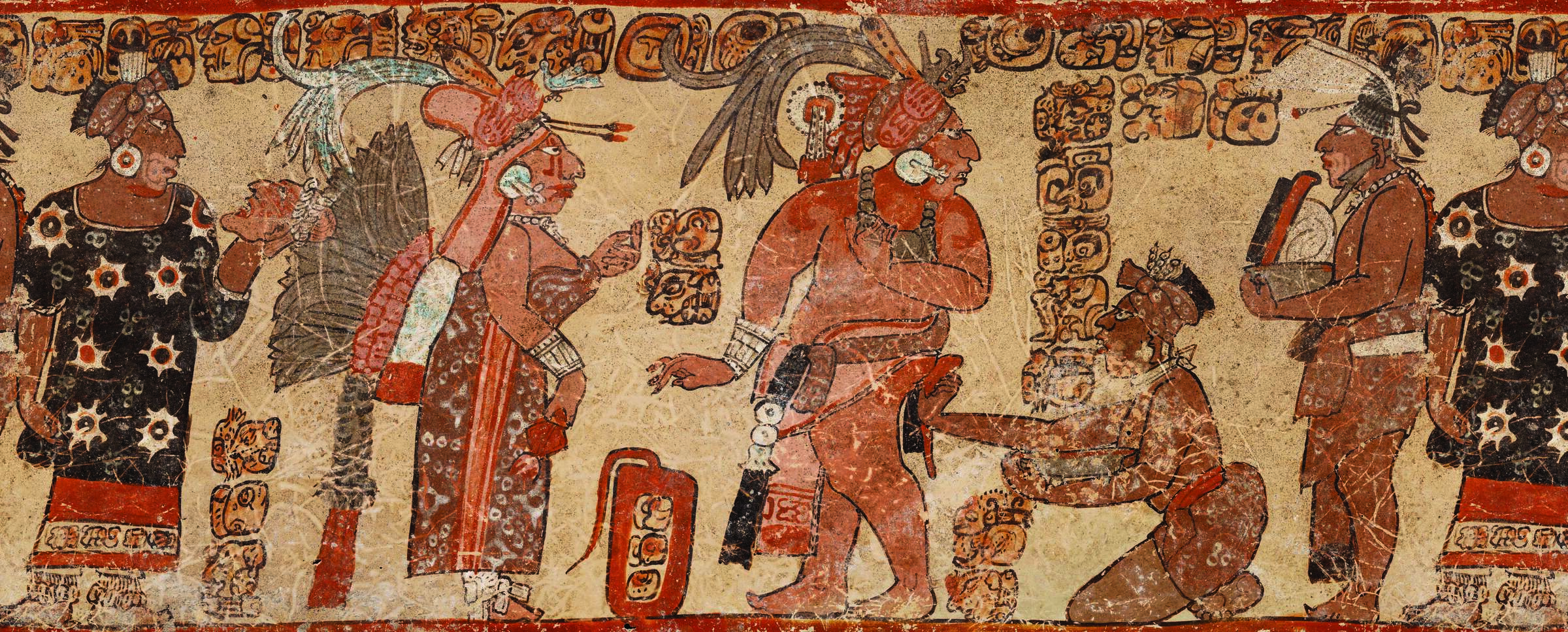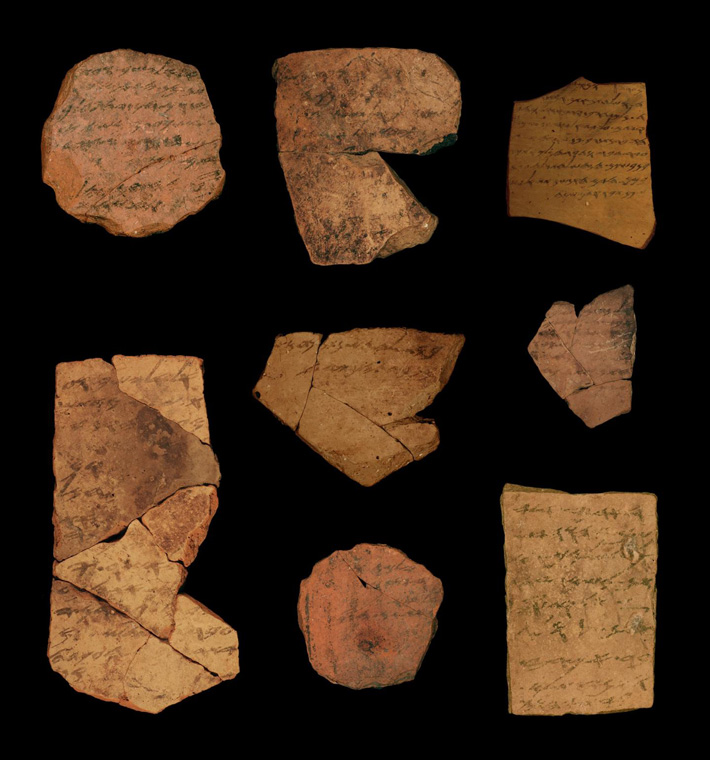
Scientists Question Literacy Rate in Ancient Judah
News September 14, 2020

Recommended Articles
Digs & Discoveries January/February 2021
Reading, Writing, and Algorithms

Digs & Discoveries May/June 2017
Scroll Search
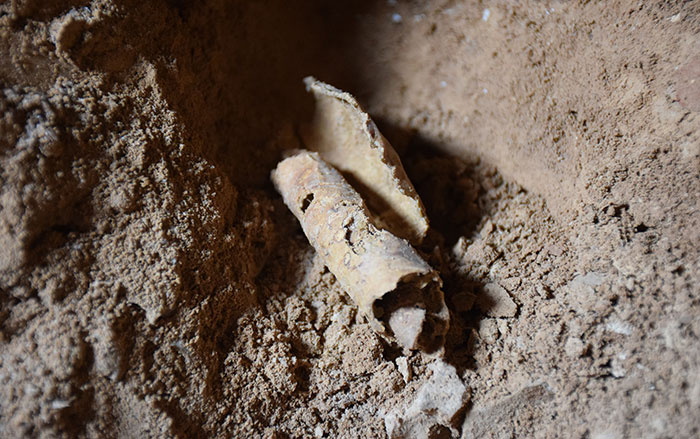
Digs & Discoveries July/August 2025
Bound for Heaven
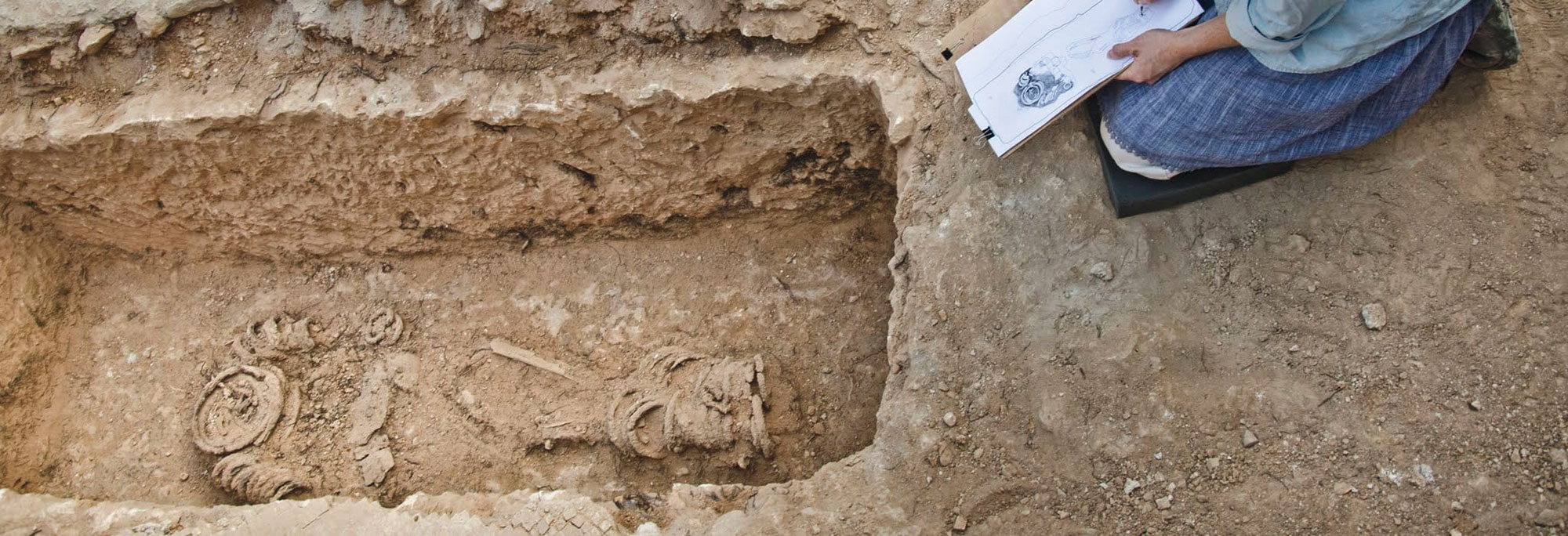
Digs & Discoveries May/June 2025
Byzantine Boomtown

-
Features July/August 2020
A Silk Road Renaissance
Excavations in Tajikistan have unveiled a city of merchant princes that flourished from the fifth to the eighth century a.d.
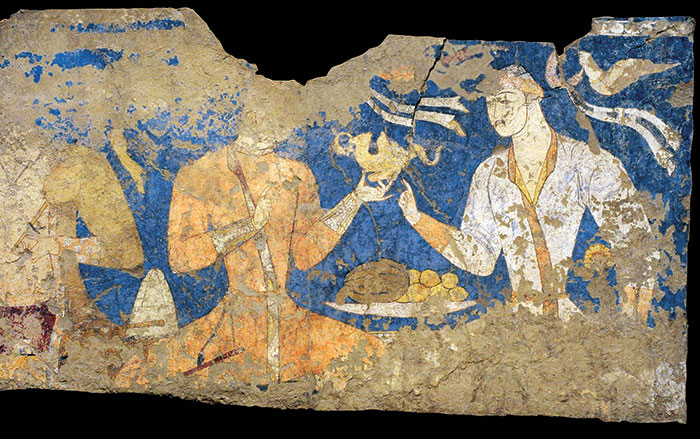 (Prisma Archivo/Alamy Stock Photo)
(Prisma Archivo/Alamy Stock Photo) -
Features July/August 2020
Idol of the Painted Temple
On Peru’s central coast, an ornately carved totem was venerated across centuries of upheaval and conquest
 (© Peter Eeckhout)
(© Peter Eeckhout) -
Letter from Normandy July/August 2020
The Legacy of the Longest Day
More than 75 years after D-Day, the Allied invasion’s impact on the French landscape is still not fully understood
 (National Archives)
(National Archives) -
Artifacts July/August 2020
Roman Canteen
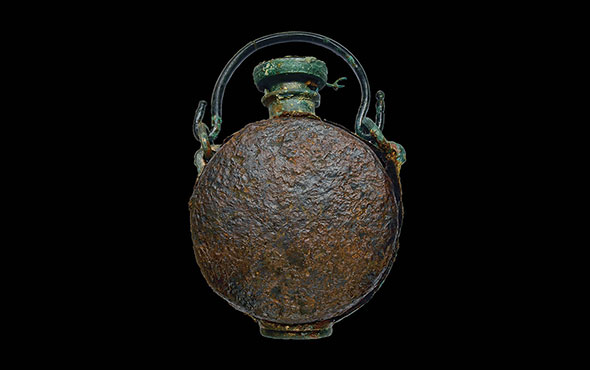 (Valois, INRAP)
(Valois, INRAP)


